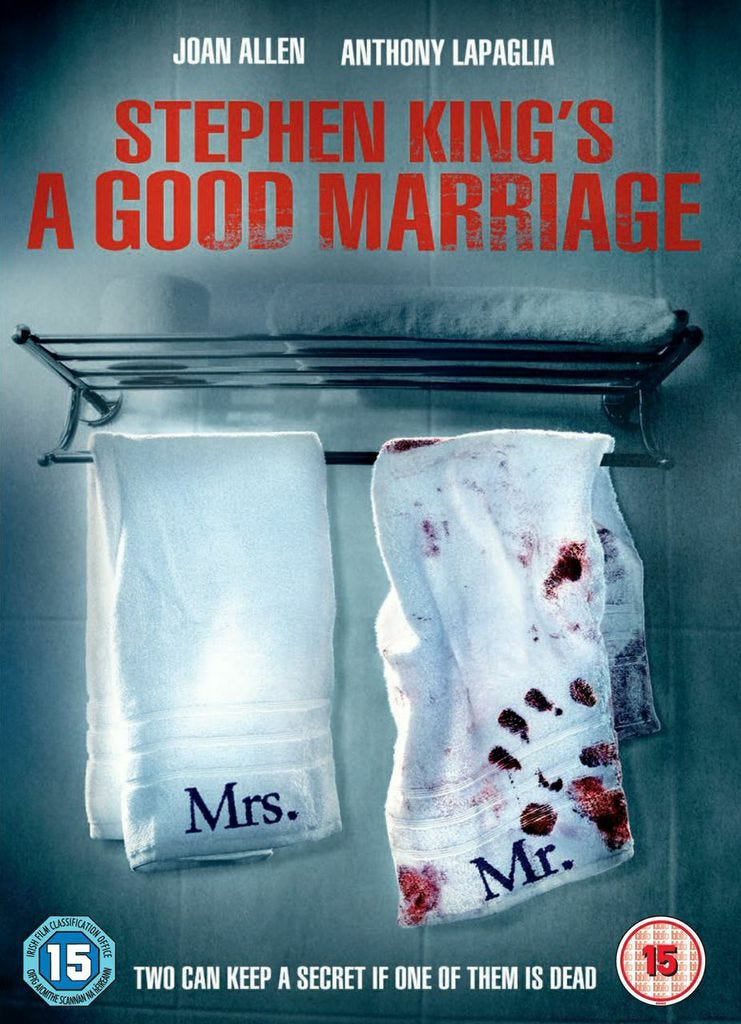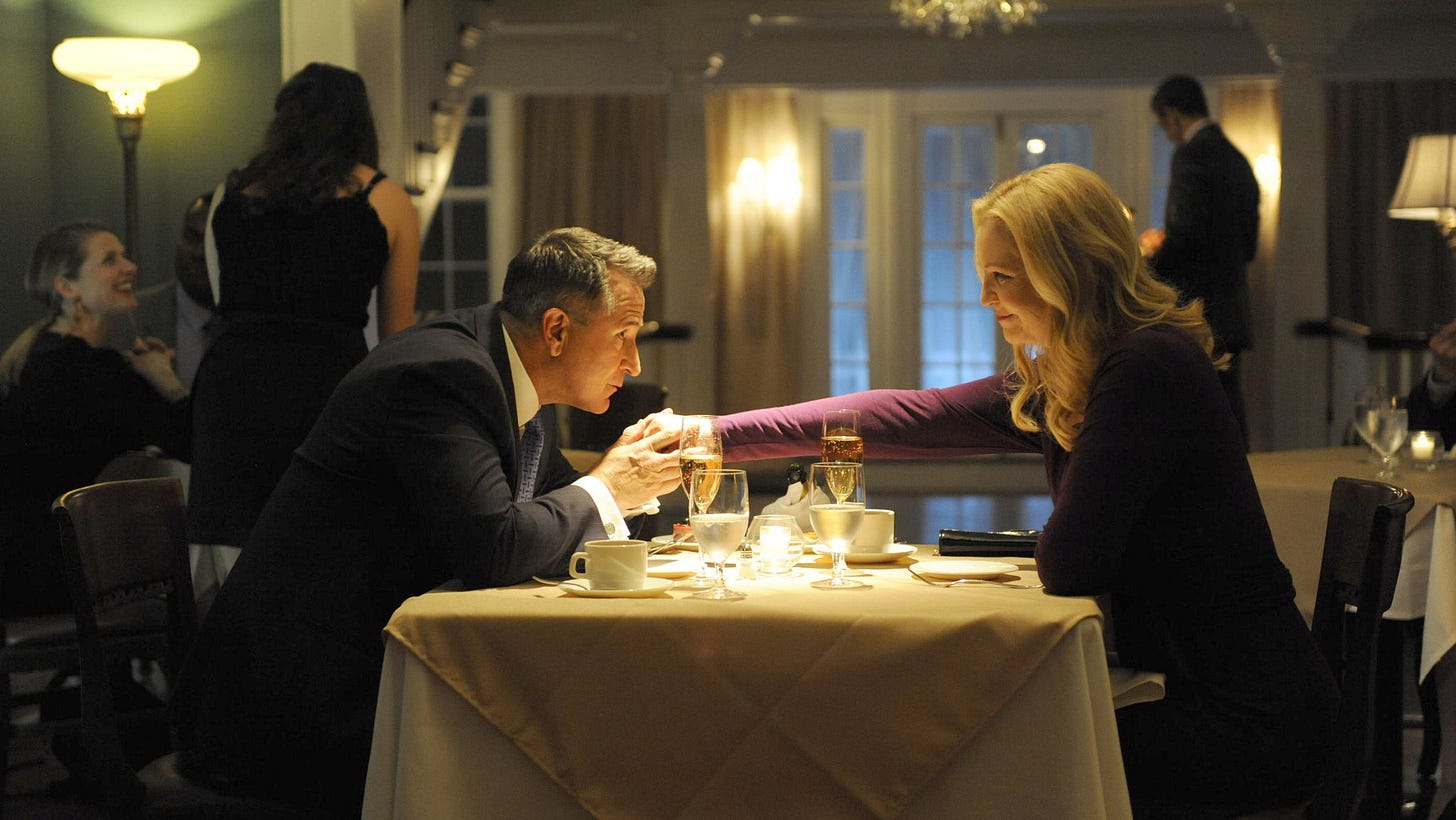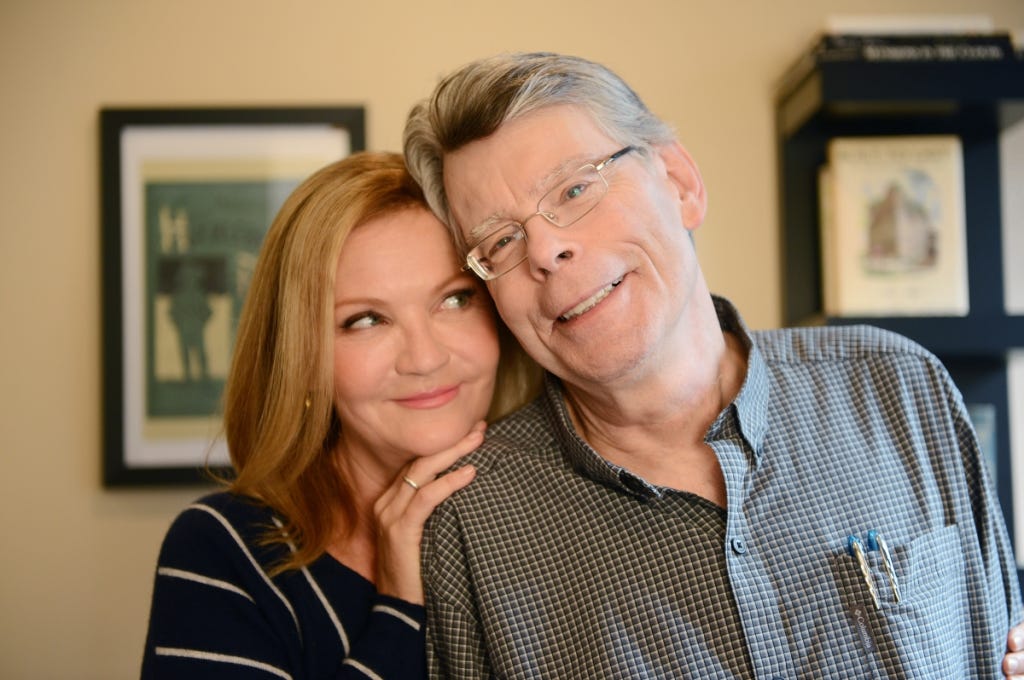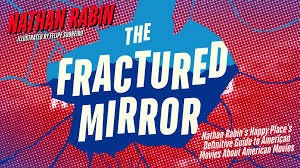Anthony LaPaglia was part of the killer cast for So I Married an Axe Murdered in 1993. In the 2014 adaptation of Stephen King’s The Good Husband, LaPaglia returns to the sordid subject in a film that could cheekily be titled So I Married a Serial Killer.
Many differences exist between the beloved dark comedy and the half-remembered, semi-snoozy psychological thriller. In So I Married an Axe Murderer, LaPaglia plays a detective investigating a mass murderer. In The Good Husband, he plays Bob Anderson, a milquetoast-seeming mass murderer whose need to assault and murder attractive women complicates his marriage to Darcy (Joan Allen).
As the movie opens, the couple is celebrating their twenty-fifth wedding anniversary. They enjoy a seemingly idyllic partnership. In addition to raising grown children, they run a coin business together.
Darcy’s cozy, comfortable world is rocked when she discovers a murdered woman’s ID in her husband’s possession and comes to realize that he’s “Beadie,” a serial killer based on real-life mass murderer Dennis Rader, whose daughter accused King of exploiting her father and his victims. She said he ruined her father’s good name.
Bob immediately realizes that his wife has gone through his secret collection of lovingly collected trophies and consequently knows the truth about his double life.
He comes clean about his predilection for mass murder to his mortified wife. He blames his propensity for serial killing on a voice inside his head telling him to slaughter the innocent rooted in a twisted early friendship with a simpatico sicko who died young, leaving him to carry on his fucked up legacy.
Bob represents the banality of evil. His name is Bob, after all. He’s an unassuming man who loves coins, his children, his wife, and killing women.
A Good Marriage’s drama, suspense, and dark comedy come less from King's words than from Allen’s beautifully modulated performance. Allen carries the film with an extremely physical performance as a happily married woman who discovers that her marriage has been a lie and that her adoring husband is the worst kind of monster.
Ladies’ Home Journal used to have a popular column called “Can This Marriage Be Saved?” Readers would write in with their marital problems, and a counselor would deliver a verdict.
The iconic column appeared in a women’s magazine beginning in the 1950s, so it was, of course, incredibly misogynistic and liable to blame women for just about everything.
Even Ladies Home Journal would be forced to concede, however, that a marriage where the primary issue is the husband’s unrelenting need to kill attractive women is fatally flawed because of the hubby and not the wife.
When Bob unburdens himself of his ominous secret to his shocked life partner, she is disgusted, but she also knows that she has to be careful, or a man whose body count has reached the double digits could easily add her to the list.
Good marriages are often about compromises and concessions. In a bid to hold onto her marriage and husband, Darcy is faced with the kind of compromise and concession no woman should have to deal with: accepting, on some level, that her husband is a prolific murderer.
Like a total nag, Darcy makes her husband stop serial killing as the price of staying together. Isn’t that just like a woman?
Darcy appears to forgive her husband for doing fundamentally unforgivable things, but she does not forget. She doesn’t ultimately forgive, either. Discovering hubby’s dark secret forces her to be pragmatic if she does not want to end up on the long list of women murdered by their husbands.
You’re infinitely more likely to get killed by a partner, particularly during or after a break-up, than by a serial killer or stranger. Darcy gets the worst of all worlds. She’s terrified that her husband will kill her when she tries to leave him because he is a serial killer.
Darcy has seen Bob’s mask of sanity slip. When he confides in her about his tormented psyche and sinister compulsions, she sees her husband’s true self, not the charade he has been putting on for her sake and the sake of the children.
A Good Marriage is Darcy’s story. We see Bob and his crimes almost exclusively through the prism of his relationship with Darcy.
Allen spends much of A Good Marriage alone onscreen as she deals with the trauma of being unwittingly married to a monster and tries to figure out a way out of her unfortunate predicament.
The terrible secret that Bob and Darcy share lends an almost unbearable tension to their relationship.
A Good Marriage is full of nifty little details, like a pair of fish earrings that Darcy thought was a lovely, perfect gift, until she learns that he stole the jewelry from a woman that her husband raped and killed.
A woman had to lose her life for her to get a thoughtful present.
Darcy is a great role for a great actress. Allen carries A Good Marriage on her delicate shoulders. It would not be fair to call it a one-woman show, but Allen’s perfectly modulated performance dominates the film.
For a movie about a serial killer adapted by Stephen King from one of his novellas, A Good Marriage is surprisingly sleepy and sedate. It’s also almost entirely devoid of violence, let alone gore.
At one point, we see Bob in Beadie mode, stalking his prey, but we never witness him killing anyone. A Good Marriage is less a conventional horror film than a psychological thriller. It’s enough for us to know that Bob is a very bad man who hurts people because he is not right in the head; we don’t have to see his homicidal handiwork.
Stephen Lang lurks on the periphery of the action as Holt Ramsey, a retired detective who retains a desire to solve cases and catch criminals, even after it ceased to be his profession.
It’s a juicy character actor turn that calls for pummeling intensity and a thick Maine accent. Lang figures more prominently in the third act, which finds its heroine taking decisive action on behalf of women everywhere.
A Good Marriage was directed by Peter Askin, a theater and film veteran with a firsthand connection to the world of murder through his wealthy, eccentric cousin, Robert Durst, of The Jinx fame.
A Good Marriage marked the first time King had adapted his work for the big screen since 1989’s Pet Sematary. That was a much more vulgar and gory endeavor that has endured in a way that A Good Marriage has not, even if the core message of both films is that sometimes dead is better, and sometimes it’s the only real option.











